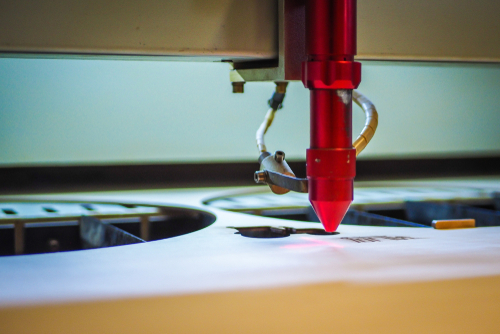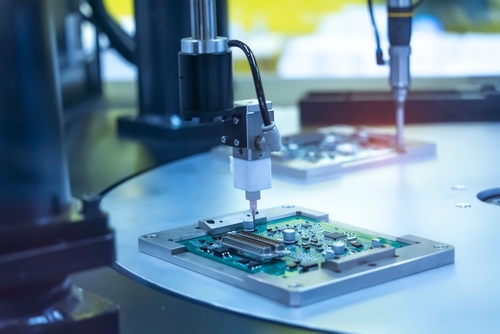Injection molding is a highly-efficient, reliable, and simple process that allows you to produce identical products and parts. A major benefit of plastic injection mold manufacture is that it also provides flexibility in assembly method and surface finish options, allowing you to create a product that fully meets your requirements.
What should I consider when choosing a surface finish?
Finishing options depend on the chemical makeup and the part. The type of finish you choose affects both the performance and the appearance of the final product, and it requires a close collaboration between your injection molder and engineer to obtain the optimum solution.
Your primary goal is the main criterion for the final decision on the adequate finish – whether you’d like to improve the functionality or aesthetics.
Visual appeal vs. functionality
Engineers utilize texture to obtain different aesthetic goals. The type of texture can significantly improve the perceived value of the product by providing a polished look and the impression of depth. It also helps conceal imperfections such as shadow marks, blush marks, and flow lines, and it creates a rough surface which improves the part’s ability to withstand handling during shipping.
However, a textured finish also has different functional benefits:
- Eliminating flow creases. Texture thickness eliminates flow creases and adds strength which gives the part non-slip properties.
- Superior adhesion. A textured surface significantly improves sticker adhesion which renders a polished, clean feel.
- Better paint adhesion. Improved paint adhesion lowers the risk of paint coming off during the process of additional molding.
Some of the most common surface finish options for plastic parts include graphics, geometric, leather grains, bead blast, and etching.
What are the different assembly choices for plastic parts?
The choice of the assembly method is critical since joining and assembly operations are dynamic due to the constant change of application requirements, customer needs, and product designs. There are three primary assembly methods for plastic products:
Mechanical assembly
Mechanical assembly is ideal for parts that undergo regular disassembly throughout the working life. The methods include press-to-fit joints, snap-to-fit joints, rivets, and screws. They’re applied in different mass-produced products including cars, computers, home appliances, electronics, and small devices.
Adhesive joining
Adhesives are used to permanently join components. Their typical use is to join or bond plastic parts to materials that aren’t compatible due to different physical and melting properties that don’t allow welding methods.
Since there are different types of adhesives that render different results, you should work closely with a reliable glue manufacturer to find the best solution and reach the best results.
Plastic welding
Welding uses pressure and heat to join components together. It’s a permanent assembly method, ideal for parts that are compatible. This process doesn’t utilize consumables such as fasteners or glue, which helps lower the production costs and create affordable products.
The most common plastic welding technologies include:
- Hotplate welding
- Vibration welding
- Thermal processing
- Laser welding
- Ultrasonic welding
What is the leading plastic injection mold manufacture?
There are quite a few important aspects to consider when it comes to obtaining optimum results in the process of injection molding, including the right type of resins and the available secondary machining process, but also the advantages of plastic parts over their metal counterparts. With Wunder Mold as your ally, all you need to do is let us know about your needs and preferences, and we’ll work with you to reach optimum results.
Our knowledgeable, experienced, and skilled specialists use state-of-the-art technology and highest-quality materials to provide you with the custom parts tailored exactly to your requirements. Call now or send us an email at sales@wundermold.com.

